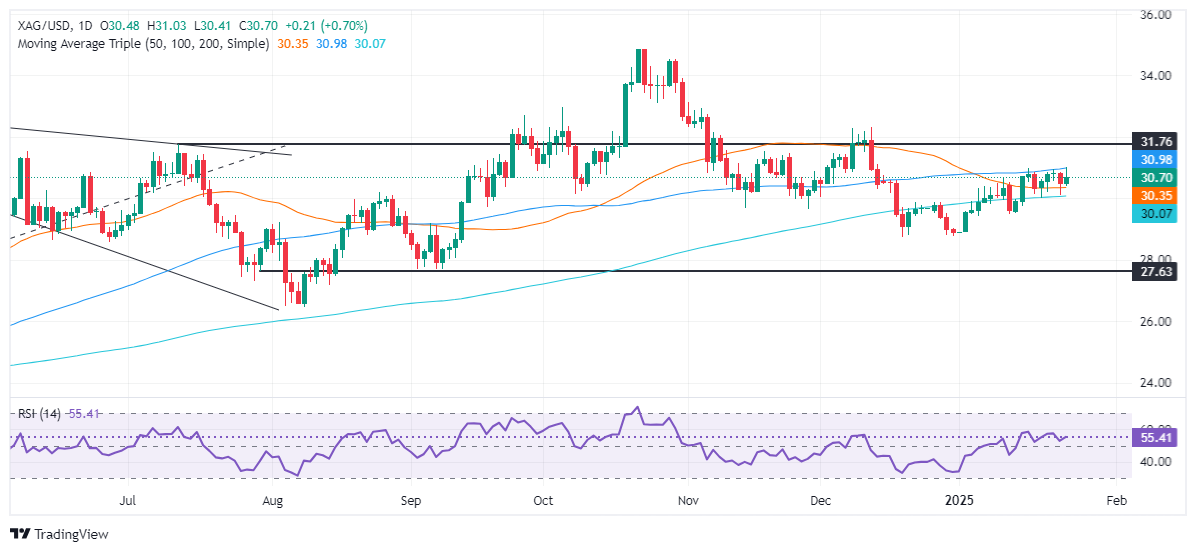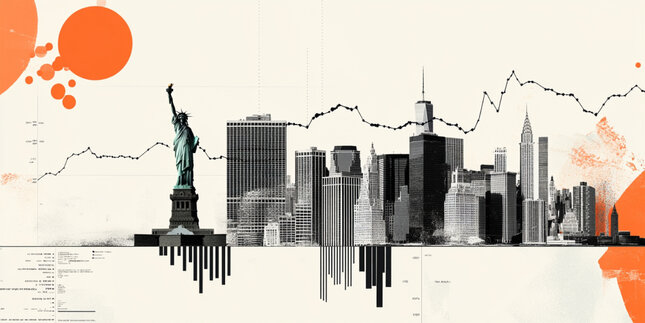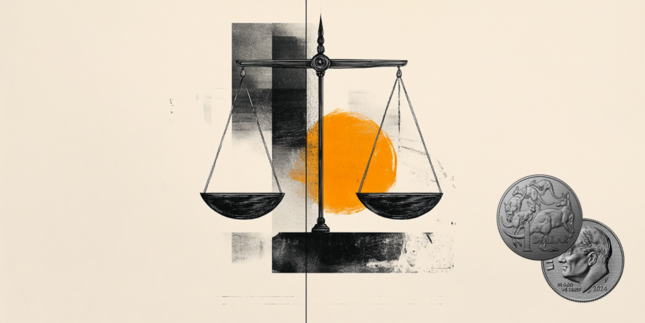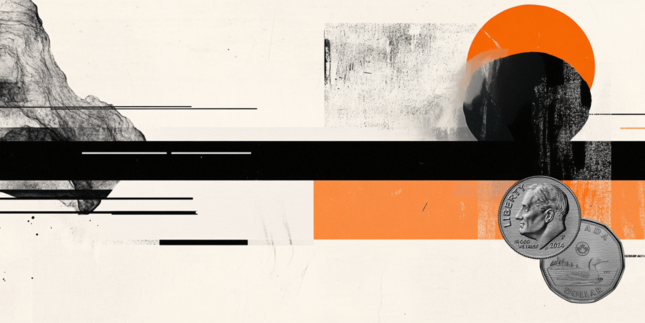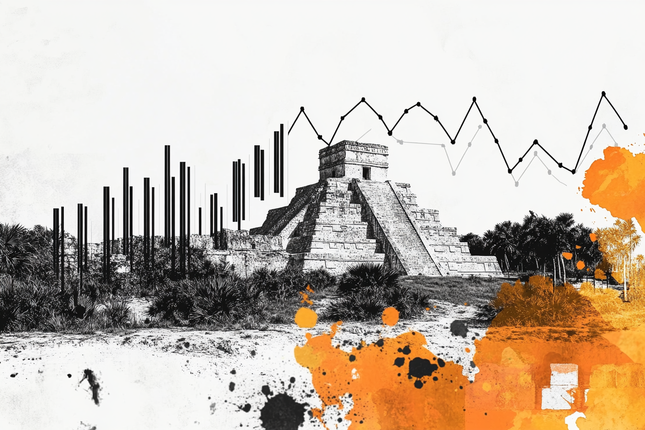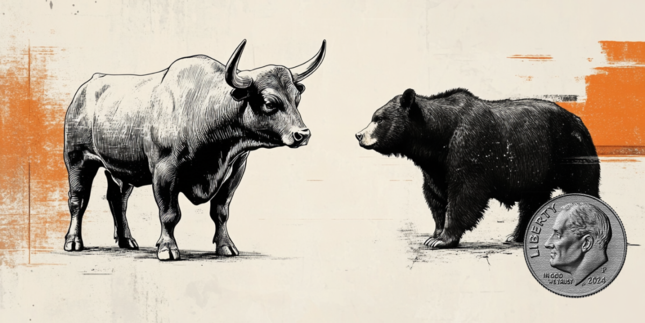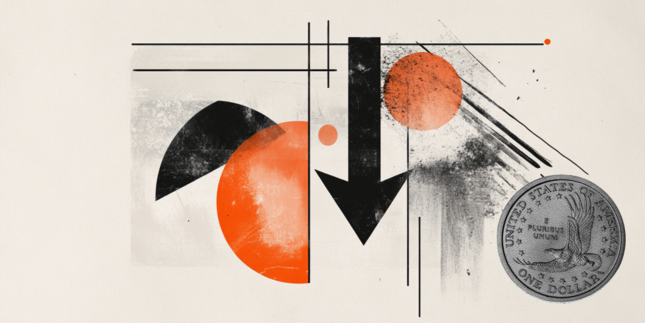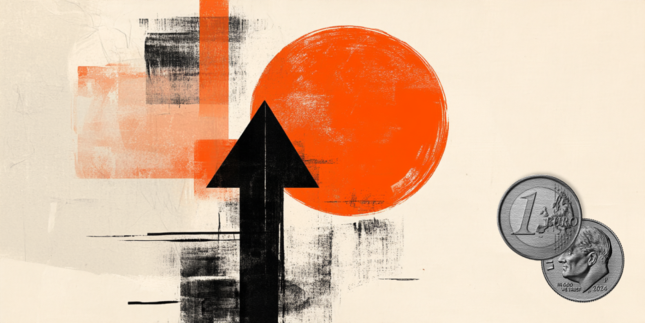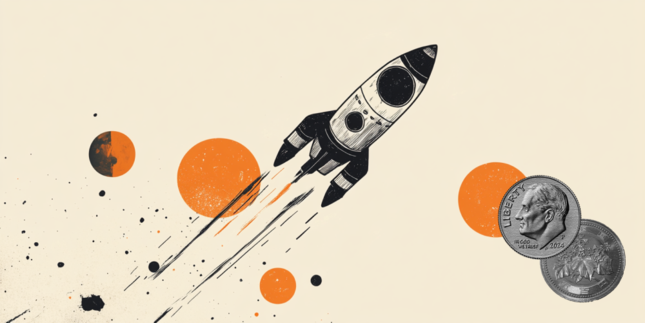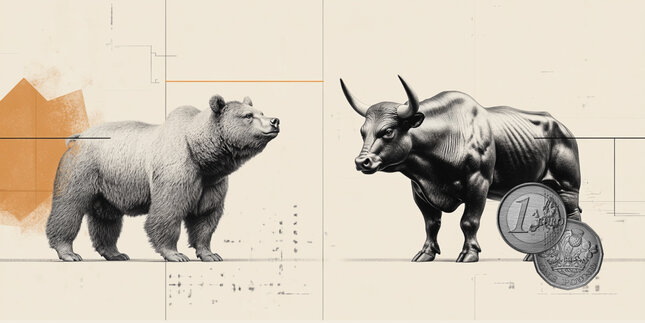Silver Price Forecast: XAG/USD climbs steadily, bulls capped by 100-day SMA
- Silver rebounds from $30.36, crosses 50-day SMA but struggles with higher resistance levels.
- RSI indicates rising buyer interest; however, significant resistance at $32.32 still challenges momentum.
- For bearish trend to resume, silver must fall below 200-day SMA and $30.00, with next supports at $29.51 and $28.89.
Silver price recovers some ground and trades with gains of 0.91% yet it has failed to clear key resistance at the 100-day Simple Moving Average (SMA) at $30.95. At the time of writing, XAG/USD trades at $30.70 after bouncing off a low of $30.36.
XAG/USD Price Forecast: Technical outlook
Silver recovered after testing the 200-day SMA near $30.05 and rose above the 50-day SMA but faces stir resistance at $30.95. The trend is tilted to the downside as the grey metal carved a series of successively lower highs and lower lows. Even though the Relative Strength Index (RSI) suggests that buyers are gathering momentum, the grey metal has to surpass $32.32, the latest cycle high hit on December 12.
On the other hand, sellers must surpass the 200-day SMA and the $30.00 mark for a bearish continuation. Once taken out, the next support would be the January 13 low of $29.51, followed by the January 1 low of $28.89.
XAG/USD Price Chart – Daily
Silver FAQs
Silver is a precious metal highly traded among investors. It has been historically used as a store of value and a medium of exchange. Although less popular than Gold, traders may turn to Silver to diversify their investment portfolio, for its intrinsic value or as a potential hedge during high-inflation periods. Investors can buy physical Silver, in coins or in bars, or trade it through vehicles such as Exchange Traded Funds, which track its price on international markets.
Silver prices can move due to a wide range of factors. Geopolitical instability or fears of a deep recession can make Silver price escalate due to its safe-haven status, although to a lesser extent than Gold's. As a yieldless asset, Silver tends to rise with lower interest rates. Its moves also depend on how the US Dollar (USD) behaves as the asset is priced in dollars (XAG/USD). A strong Dollar tends to keep the price of Silver at bay, whereas a weaker Dollar is likely to propel prices up. Other factors such as investment demand, mining supply – Silver is much more abundant than Gold – and recycling rates can also affect prices.
Silver is widely used in industry, particularly in sectors such as electronics or solar energy, as it has one of the highest electric conductivity of all metals – more than Copper and Gold. A surge in demand can increase prices, while a decline tends to lower them. Dynamics in the US, Chinese and Indian economies can also contribute to price swings: for the US and particularly China, their big industrial sectors use Silver in various processes; in India, consumers’ demand for the precious metal for jewellery also plays a key role in setting prices.
Silver prices tend to follow Gold's moves. When Gold prices rise, Silver typically follows suit, as their status as safe-haven assets is similar. The Gold/Silver ratio, which shows the number of ounces of Silver needed to equal the value of one ounce of Gold, may help to determine the relative valuation between both metals. Some investors may consider a high ratio as an indicator that Silver is undervalued, or Gold is overvalued. On the contrary, a low ratio might suggest that Gold is undervalued relative to Silver.
Forex News
Keep up with the financial markets, know what's happening and what is affecting the markets with our latest market updates. Analyze market movers, trends and build your trading strategies accordingly.

